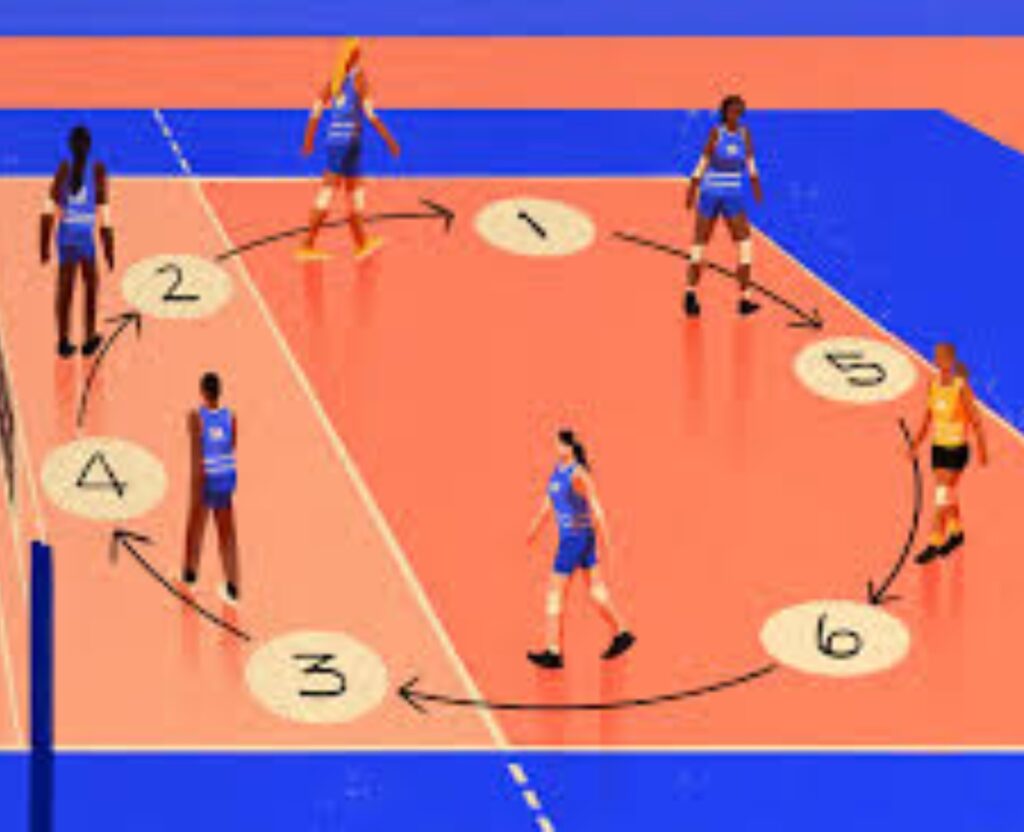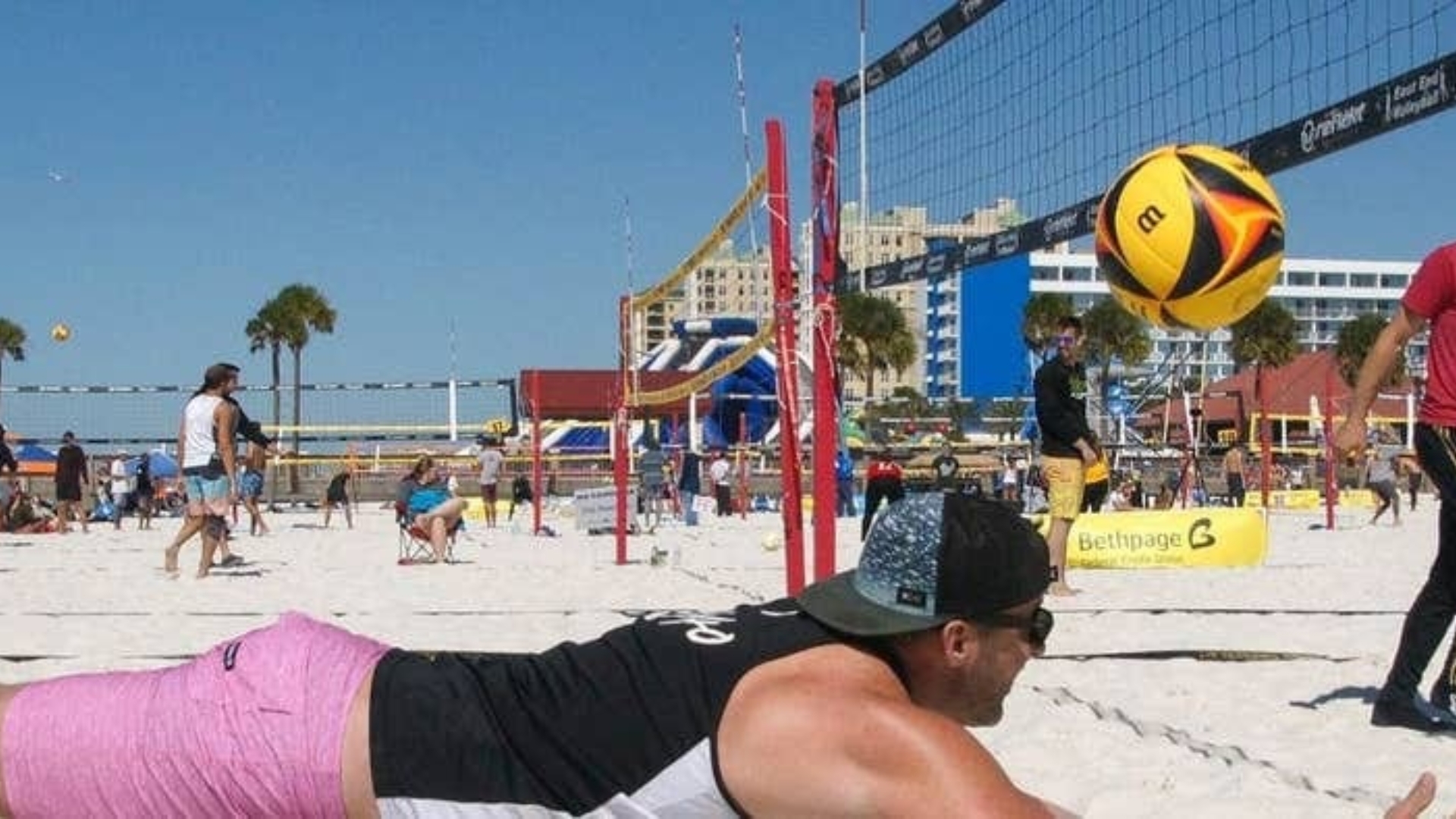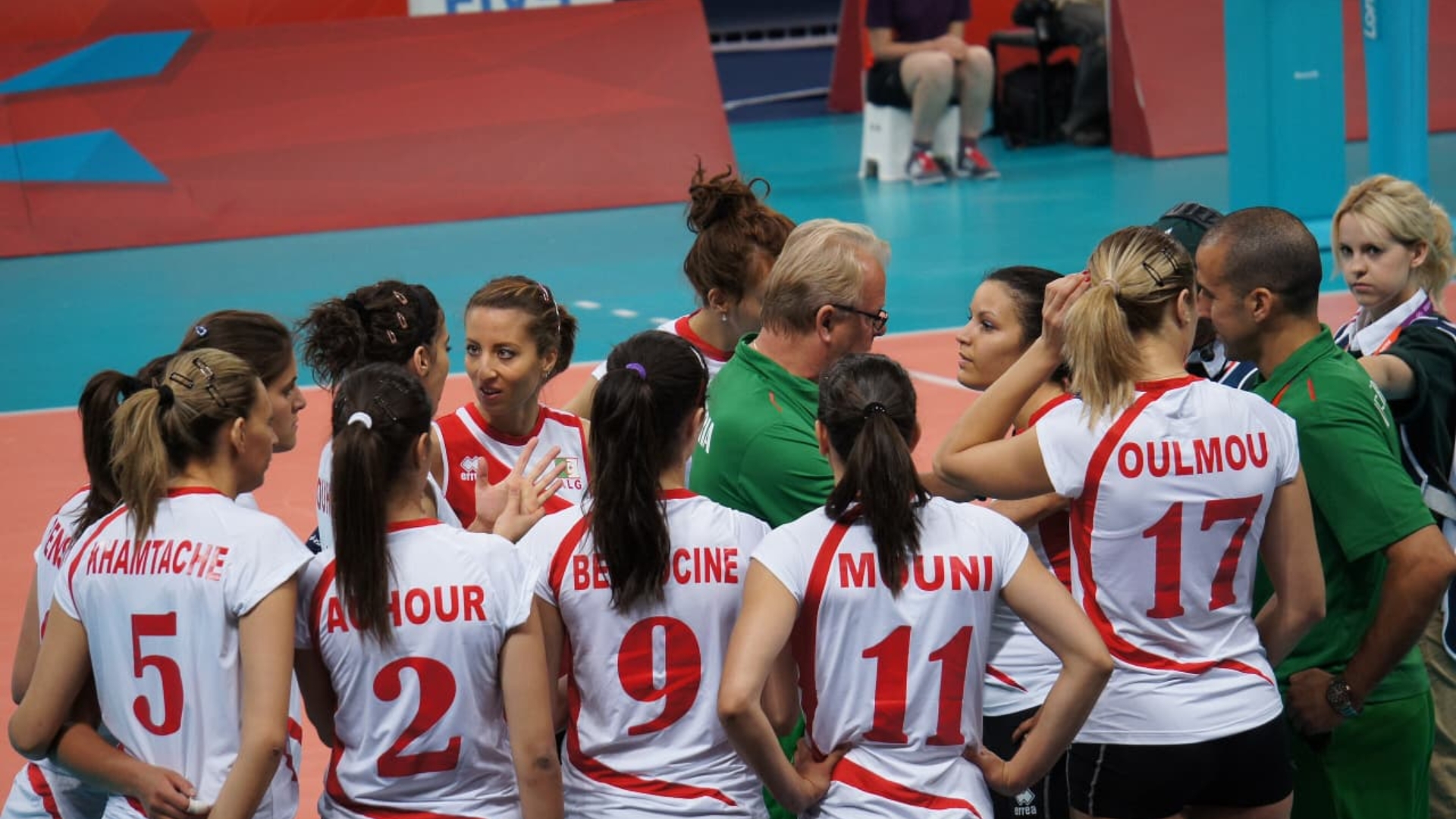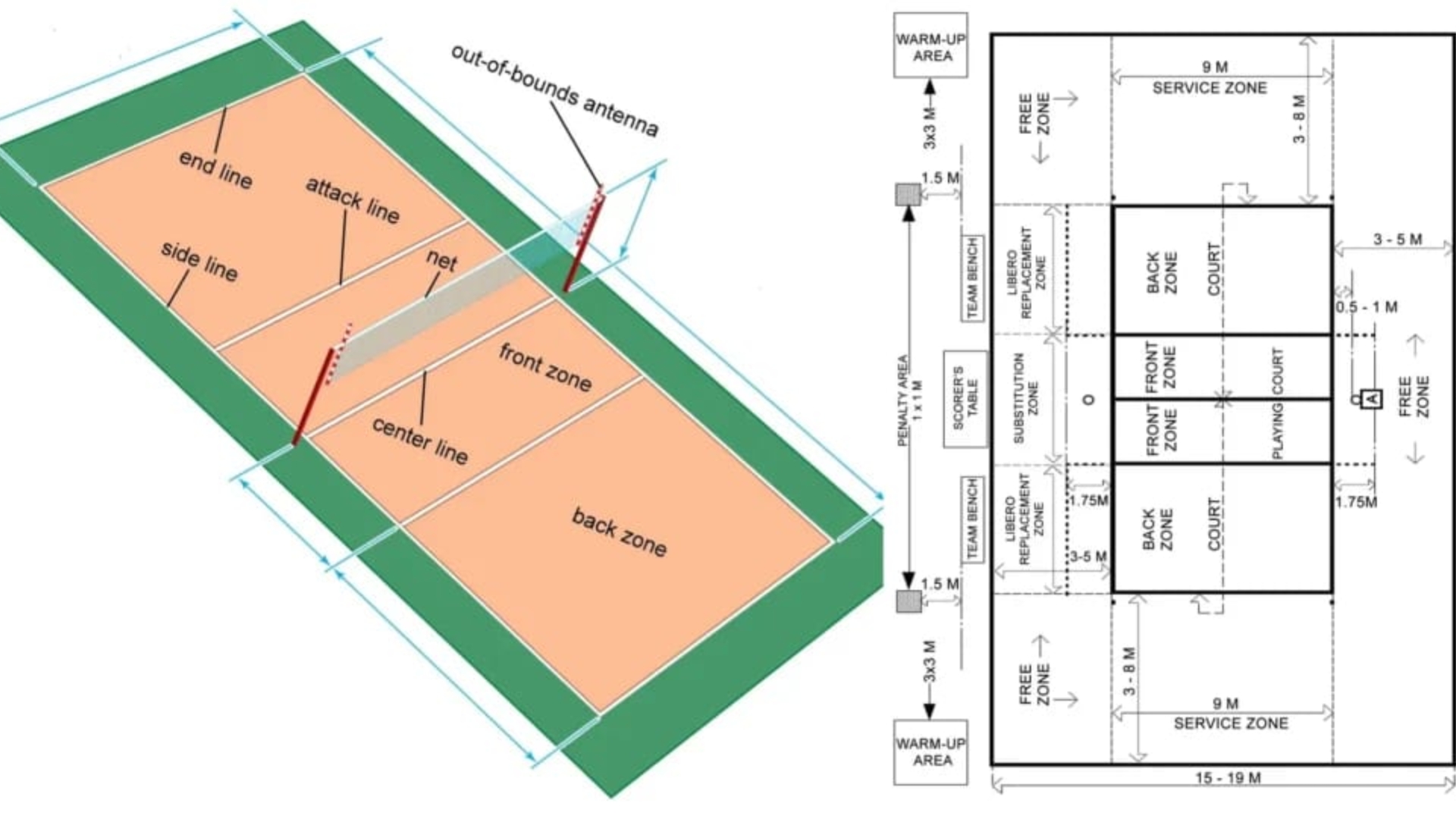Important to the structure of the game and its flow are volleyball positions. Every job is envisioned to complement certain abilities so that there is a balanced team. There are definite positions a player plays, such as setter, outside hitter, middle blocker, and libero. A combination of these roles forms attacks and defence tactics, including coordination and tempo in games.
Research and previous literature are used to underline the significance of specified posts in volleyball. Thus, the researchers suggest that the division of clear duties facilitates communication and the general effectiveness of teams. Analysts also give importance to the fact that strategies are used with each position to ensure the success of the match. Knowing these roles, one not only enhances teamwork but also performance in the court as an individual.
Wondering what value each of these positions will bring to the game? There is diversity in terms of skills presented by each role, thus making the dynamic enticing. It does not matter whether you are a fan or a player; gaining control of these roles makes every match rich and thrilling. In this guide, we are first going to look at the different positions in volleyball, their specialties, and their role in the success of a team. After reading this blog, you will be able to learn the six major positions, other minor roles such as serving specialists, and the importance of knowing the above-mentioned positions in order to rule the court.
What Are the Six Main Positions in Volleyball?
A volleyball team is made up of six players on the floor at one time and has specially specified roles. These are:
- Setter
- Outside Hitter
- Opposite Hitter
- Middle Blocker
- Libero
- Defensive Specialist
All of them possess different duties that do not overwhelm either the offensive or the defensive strategy. We will discuss each of these positions in detail below.

1. Setter
A setter is commonly called the quarterback of the volleyball team. Setters receive the second contact of the ball so that they can set it up for an attacker, and place their teammates in the ideal scoring position
Key Responsibilities:
- Pitching the right sets to the hitters.
- Tactics and adapting to team setups.
- The second touch of the court.
- Blocking and digging in some turns.
Setters should be agile, have fast reaction times, and make split-second decisions. They are also team leaders, and they organize plays of the team and constantly communicate.
2. Outside Hitter
An outside hitter or left-side hitter is one of the main attackers of the team. They form part of the offence as they are at the left front of the net, during speedy plays, and they take an important role during an attack on the net, and also during defence.
Key Responsibilities:
- Making spikes in front and back rows.
- Pass and reception.
- Stopping the right-side hitters of the other team.
- Rotating in the backcourt defence.
This job is versatile. The outside hitters should master jumping, timing, and the ability to control the game to make strong attacks.
3. Opposite Hitter
In contrast to outside hitters, opposite hitters pay more attention to the attacking aspects, and they frequently support the setters in case of emergency.
Key Responsibilities:
- Right side spot serving spike.
- Blocking the outside hitters of the opponents.
- Helping out the setter with alternative offensive poses.
- Defending and especially in the back row.
Opposite hitters usually are power hitters capable of executing regular, angled attacks that would also make the defense of the opposite team weak.
4. Middle Blocker
Sitting in the middle of the first row, middle blockers are essential players of the defense. They are chiefly expected to protect the net by averting attacks from their opponents and, at the same time, participate in offensive maneuvers.
Key Responsibilities:
- Performing rapid strikes in the center court.
- Playing a distraction role to confuse the opposite blockers.
- Turning to defensive postures when necessary.
The need for middle blockers is height, agility, and good timing. Because they have fewer chances of making attacks, their influence on defense sets the tone of the game.
5. Libero
The backbone of any volleyball team is the libero, and the libero can be easily identified by their jersey, of a different color. Therefore, these are specialized as back-row players and are intensive defenders and passers.
Key Responsibilities:
- Getting serves and getting the setter to pass correctly.
- Defense in the back row.
- Replacing players in the first row without any official rule of substitution.
The liberos cannot rotate the front row and attack above the net height. Nevertheless, they are still important in controlling the ball as well as creating good defense lines.
6. Defensive Specialist
Defensive experts are a mixture of the libero and other back-row players. Although they are not bound to the same regulations as the libero, their major concern is also playing defense.
Key Responsibilities:
- Passing and attacking at the net.
- Being consistent with the back-row defenses.
- Replacing those players who are less qualified defensively.
Defensive specialists can attack and serve unlike those liberos, making them more tactical for the teams.
Other Positions in Volleyball
Though the six positions in the above form the basis and structure of most of the volleyball teams, other coaches introduce specialized players who will be able to counter certain special conditions. These are the positions:
Serving Specialist
A serving specialist is a player who is locally recruited because he/she is good at serving. Therefore, they are brought in as a replacement in weaker servers and are geared towards racking up points by serving tough or strategic serves.
Key Responsibilities:
- Serves to break the opponent formations can be offered to disrupt the structures presented by the opponent.
- Subbing, replacing them after their serve unless they were required in defensive rotations.
- Serving specialists are used at high levels, as every point is vital.
Other Rotational Players
By the particular requirements of the team, coaches are allowed to employ any extra subs and specialists depending on their tactics. Therefore, these are those players who have a good block, hit, or play it all.
Why Understanding Volleyball Positions Is Crucial for Success
Volleyball is not the only sport in which teamwork is only a slogan; it is the core of volleyball. Separation of roles into separate positions permits teams to harness personal advantage, which guarantees a well-rounded approach to offense and defense. Thus, the importance of understanding and knowing volleyball positions is the following:
Better Strategy
Specific roles contribute to the creation of effective plays with offense by teams and overcome the strengths of the opponent.
Improved Communication
Effective communication is achieved when roles are well-defined, as players can communicate better during fast-paced rallies.
Skill Development
Specialization in particular jobs allows the players to develop skills related to a particular job in the team and make valuable contributions to the team.
Enhanced defense
Structured defenders reduce the number of mistakes and facilitate a seamless turnover of defense to offense.
A deep knowledge of such roles will bring ever more players to making decisions, placing, and performing successfully on the court.
Conclusion
Knowing how to handle all the duties of any post not only turns you into a better player but also into a better spectator at the game. On the part of the teams, knowledge of these roles is what can mean success or failure in being internally harmonized. It does not matter whether you are a professional or a newbie in the field; understanding the significance of positions in volleyball can make you a better and smarter player who leads the field in every game.
Actionable Tip: As a player, your task will be to master the dominant skills related to the volleyball positions. As a newbie, you have to try different positions until you discover the place that suits you.
Thus, it’s one of the best moves that you can make and learn in and out of the court, master your game.












One thought on “How Many Positions Are There in Volleyball and What Is Their Role?”